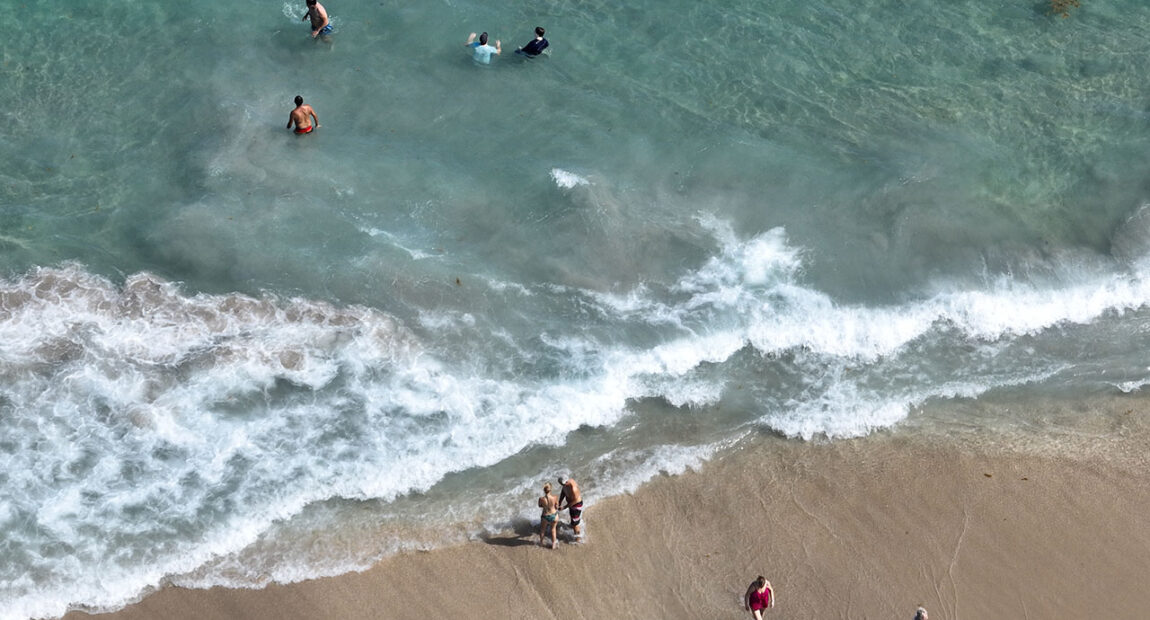 22Jun 2023
22Jun 2023- by stevenypd
Introduction:
The beach is a place of relaxation, breathtaking views, and ample opportunities for adventure. With the advancement of technology, drones have become increasingly popular, offering a new perspective on capturing stunning aerial footage. However, before you decide to unleash your drone at the beach, it’s essential to understand the regulations, concerns, and guidelines surrounding drone usage in coastal areas. In this blog post, we will explore the question: Can you fly a drone at the beach?
Understanding Regulations:
Drone regulations vary from country to country, and it’s crucial to familiarize yourself with the local rules before taking flight. In many regions, including the United States, Europe, and Australia, drone pilots must adhere to specific guidelines set forth by aviation authorities. Typically, these regulations revolve around safety, privacy, and the protection of the natural environment.
Safety Considerations:
When flying a drone at the beach, safety should always be your top priority. Several safety considerations should be kept in mind to ensure a pleasant experience for everyone involved:
Observe weather conditions: Strong winds and unpredictable weather can jeopardize the stability and control of your drone. Before taking off, check weather forecasts to ensure favorable flying conditions.
Maintain line of sight: It is crucial to keep your drone within your visual range at all times. This helps avoid collisions with other beachgoers, wildlife, or obstacles in the area.
Respect other beachgoers: Be mindful of your surroundings and considerate of others’ privacy. Avoid flying over crowded areas and respect people’s personal space, ensuring their beach experience remains undisturbed.
Protect wildlife: Many beaches are home to diverse ecosystems, including nesting grounds for endangered species. Avoid flying your drone in sensitive areas to prevent disturbance or harm to wildlife.
Beach-Specific Restrictions:
While some beaches may allow drone flights, others may have specific restrictions or outright bans on drone usage. These restrictions can vary due to concerns about safety, privacy, or disturbance to wildlife and other beach activities. Some coastal areas might have designated zones or specific time frames for drone flights. Always research and follow the rules set by the local authorities and respect any posted signage or guidelines.
Tips for Responsible Drone Usage:
To ensure a positive experience when flying your drone at the beach, here are a few additional tips to consider:
Check for local permits: In some areas, you may need to obtain permits or permissions from relevant authorities before flying a drone. Research local regulations and acquire any necessary documentation.
Fly at appropriate altitudes: Keep your drone at a reasonable height to avoid interfering with aircraft, kites, or other flying objects. This ensures airspace safety for everyone.
Capture the beauty, but don’t invade privacy: Remember that beaches are public spaces, and privacy concerns are significant. Be mindful of capturing footage that respects the privacy of others and refrains from intruding on intimate or sensitive moments.
Be aware of battery life: Flying over water can be risky due to the potential for water damage if your drone loses power. Monitor your battery life closely and plan your flight accordingly to avoid any mishaps.
Conclusion:
While flying a drone at the beach can provide incredible opportunities for aerial photography and capturing stunning footage, it is crucial to abide by regulations, prioritize safety, and respect the privacy and enjoyment of others. Always research and adhere to local rules, be mindful of weather conditions, and fly responsibly. With the right approach, you can explore the skies above the beach while ensuring a positive experience for everyone involved. Happy droning!



